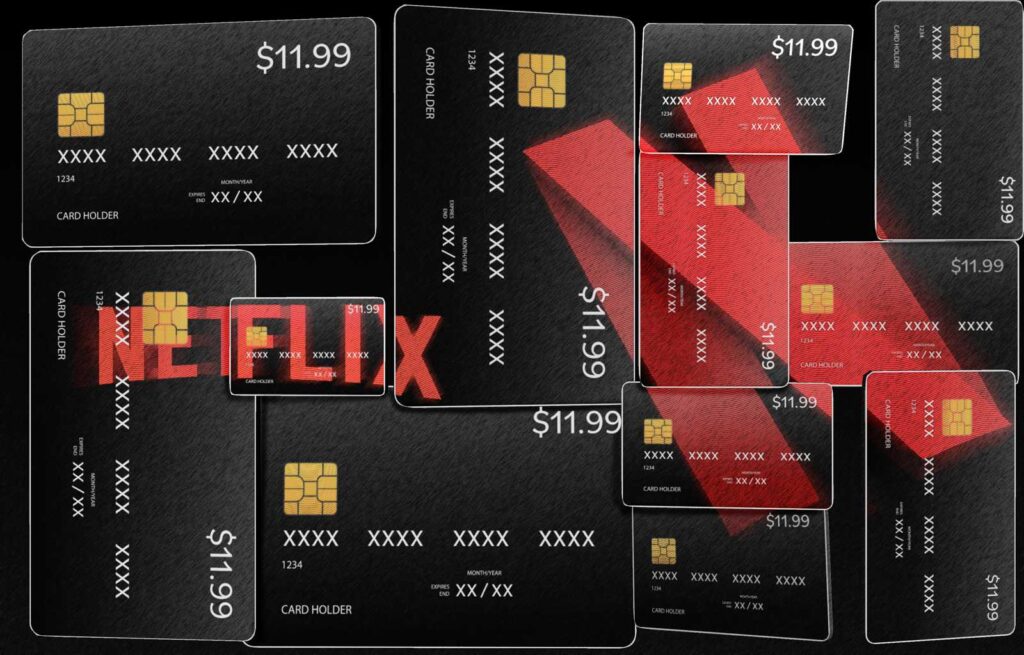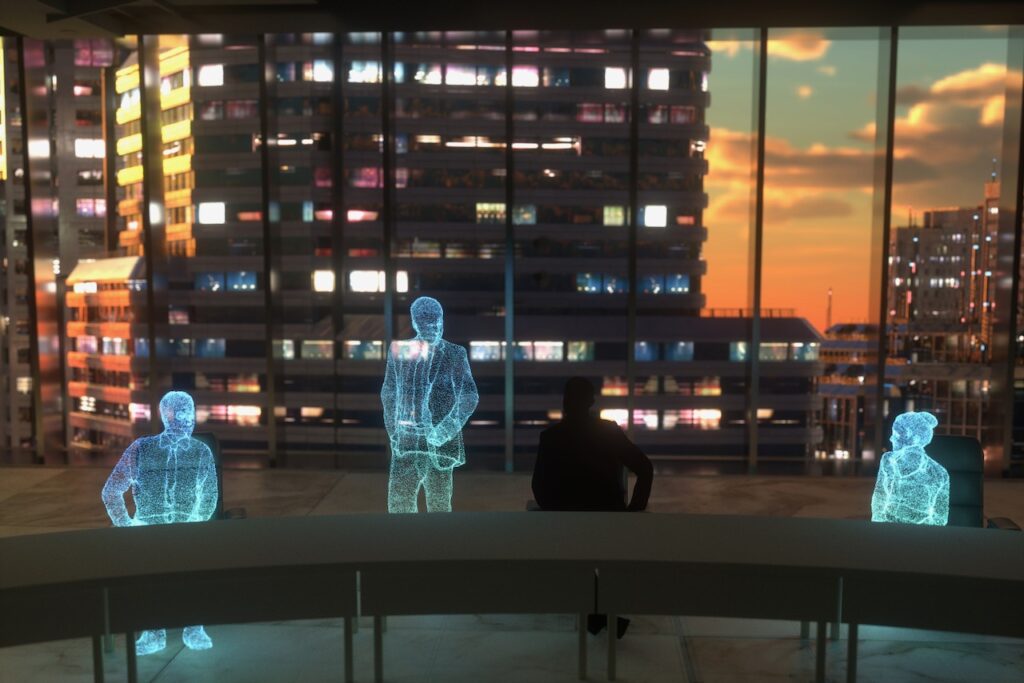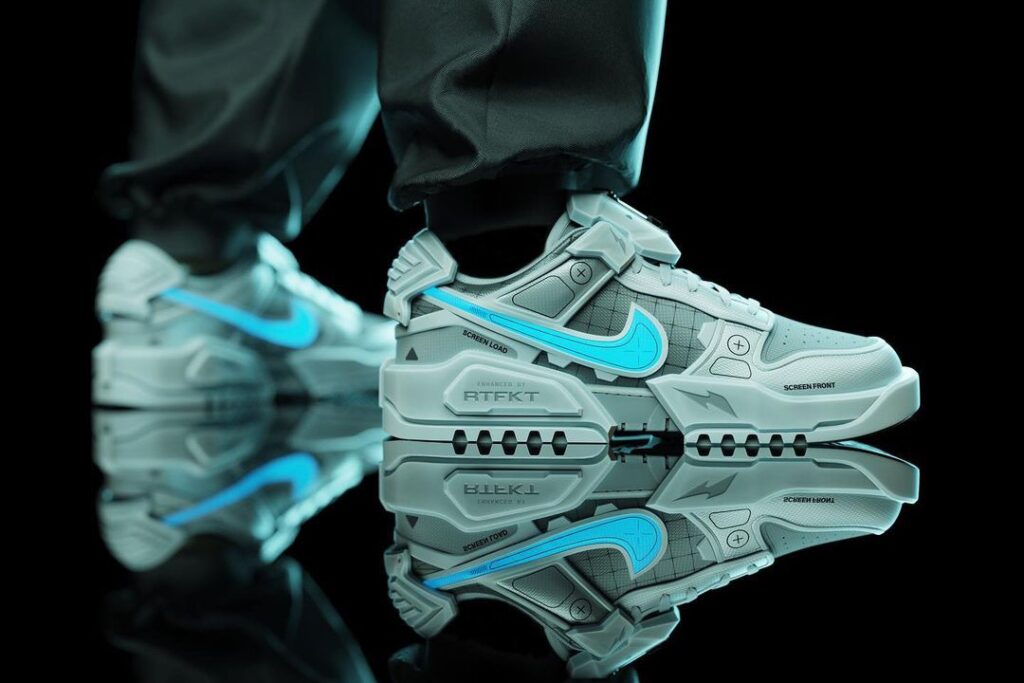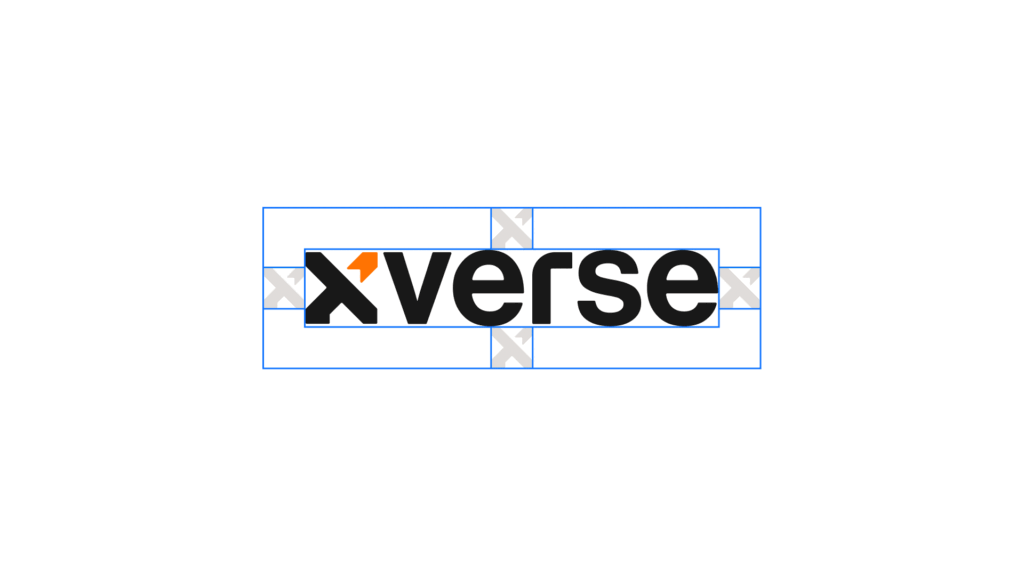The way that we work is shifting. Changes are constantly exacerbated by technological innovation and social evolution. A digital workspace, or digital community, is growing in importance and impact as we speak. But what do the changes ahead look like? From looking at work-life balance in a different light to transporting our run-of-the-mill office to the digital environment, the future is as uncertain as it is exciting.
Today’s we dive into the entrails of the future reality of working. Deep breath, we’re going in…
Let’s start by stating the obvious: Bye-bye burnout culture
The myth of “work until you drop” has been the stuff of legend for generations. Gen X and Millennials alike have perpetuated this belief that if you aren’t on the brink of collapse, then you aren’t really working hard. Climb the ladder, put in the hours, and then put in more hours. Prioritize your job above all else and you’ll finally get there. Where? Why to the top of course? Too bad you’ve forgotten how to actually enjoy life by then. Luckily Gen Z (and Millenials on the younger side) seem to have taken it upon themselves to stamp this idea out of existence.
Younger generations are leading the charge towards a healthier and more balanced approach to work. They’ve realized that burnout is not a badge of honour, but rather a serious problem that can have long-lasting negative effects on mental health. We’re not just looking for a paycheck anymore. Young employees want work environments that prioritize well-being and offer a sense of purpose and fulfilment. They want flexible work arrangements, and opportunities for personal and professional growth. New generations now ascribe to Lifestyle Design.
What is Lifestyle Design?
Lifestyle design is all about creating a life that aligns with your values and passions. The concept is becoming more popular as people seek to create a life that aligns with their personal priorities and interests. It involves intentional decision-making around how you spend your time, energy, and resources. By designing their lifestyle in this way, people are able to achieve a better work-life balance and find greater meaning and purpose in their lives. Which, in turn, often leads to more productive work! After all, “pleasure in the job puts perfection in the work“. Aristotle’s words, not ours.
We’d be lying if we said that hustle culture isn’t alive and well, it is. However, we seem to be witnessing a shift of focus from hoarding wealth towards achieving well-being. Rather than wanting more for more’s sake, people want to, purely and simply, better their lives.
Thankfully, employers are finally starting to catch on! They’re realizing that in order to attract and retain top talent and drive good results, they need to step up their game and nurture healthy work environments. Who would’ve thought huh?
Companies doing work/life balance the right way
For whoever might still believe that if a company wants to be successful they cannot provide their employees with everything mentioned above, we have 3 words for you: Patagonia, LinkedIn, Buffer.
Patagonia for the win
The incredibly successful outdoor apparel company Patagonia offer on-site child care, for example. They also offer flexible work arrangements, and encourages employees to pursue outdoor activities during the workday. They even offer a sabbatical program that allows employees to take up to two months off to pursue personal projects or activities.

LinkedIn knows how to take care of its niche
The professional networking and job search platform LinkedIn has proved to be an example for its sector. In 2020 Comparably recognized LinkedIn’s commitment to work-life balance and awarded it the “Best Companies for Work-Life Balance” award. They also have a strong focus on employee well-being, offering mental health support, fitness classes, and other wellness programs. Not to mention their ample flexible work policies.
Buffer is literally changing the way we approach work
Buffer’s case is unique because they are a fully remote company that has built a culture around work-life balance and employee well-being. Strongly focusing on transparency and communication, they prioritize employee needs and well-being above all else. They have a results-only work environment (ROWE), which means that employees are judged solely on their results, not on how much time they spend in the office. As well as unlimited vacation time. This commitment to trust and autonomy is astounding. It allows employees to have the freedom to work in a way that best suits their needs. Additionally, their approach to vacation time, it being unlimited, creates a culture of rest and relaxation, which is essential for preventing burnout and improving well-being.
Remote work in the era of the digital environment
The past couple of years has brought about a new era of remote work. Remote work is clearly here to stay. Moreover, the onset of remote work has given rise to a revolution in the way we work and connect with one another, as the physical workplace slowly fades away in favour of a digital environment. Remote work means more than just working from home. It means the creation of digital workspaces that are accessible from anywhere in the world. This type of flexibility means employers have access to a global talent pool and can tap into new markets. This results in more diverse teams and can lead to more innovative ideas and solutions. As we continue to adapt to this new normal, digital workspaces are evolving. And will continue to do so well beyond your basic video conferencing and document sharing.
The digital workspace and the virtual workspace will change the game
We’re on the brink of a novel, innovative, digital environment. The creation of a digital environment will allow remote workers to come together and create in a virtual setting. A digital workspace will allow for increased productivity, as teams can collaborate in real time regardless of their physical location.
We are also bound to witness the normalization of a virtual workspace. A virtual workspace will offer an even more immersive experience. Virtual reality (VR) and augmented reality (AR) technologies are currently being leveraged to create a fully interactive and engaging digital environment.
It’s only a matter of time until the new work digital environment brought about by remote work revolutionizes the way we approach work itself. Collaborative workspaces will likely become the norm, as technology opens up new possibilities for collaboration and communication that were not possible before. This could even lead to a gamification of work, as digital environments offer the opportunity to make work feel more like a game, which could be a game-changer in terms of employee motivation and engagement.
What is collaborative working?
Collaborative working is an approach to work that brings together people with different skill sets and perspectives to work on a common goal. Collaborative workspaces improve creativity and innovation, increase engagement and motivation, and boost problem-solving.
As we move towards a more digital workspace and teams become more geographically dispersed, it becomes increasingly important to foster a sense of community and inclusivity in these virtual environments. This is translating into the development of tools and processes in place that allows for effective collaboration. In turn, this is actually resulting in a progressive trend towards collaborative working. It’s a sort of cycle that feeds itself.
Once that door is opened, it takes on many shapes and forms. Collaborative working spills over. Seeping into the foundations of, not only how employees might interact with each other in a company, but globally how people connect and work together.
Collaborative workspaces and the digital community
Access to a digital community is becoming a fundamental element for society globally. The opportunities that a digital community can generate for an individual and a business or brand alike are astronomical. Pair this with the fact that the technological infrastructure put in place to create collaborative workspaces has inadvertently become an incredible tool for people in digital communities to connect and collaborate, and you have a revolution of the future employment method.
See, it’s not just employers that have access to a global pool of talent now. The individuals that make up the global pool of talent now also have access to other individuals part of said global pool of talent. Therefore, it is becoming simpler than ever to connect, collaborate, and create amazing things. One could almost say there’s a chance of democratizing employment a little. Albeit with limits, and depending on the industry.
The importance of digital communities gives rise to community lead growth
The recent role and influence of digital communities are also shifting the way that businesses and brands operate. Community involvement, community-led growth and evolution are becoming more important as brands look to connect with and serve their audiences. This involves engaging with community members and listening to their needs and ideas. In turn, this translated into collaborating with them to create products and services that work. Thus leading to greater innovation and sustainability, as well as strong, loyal customer bases.
Thanks to the evolution of the digital environment where a community can convene, community involvement is becoming a staple resource for countless brands. Off-White, Adidas, and Nike for example, all have teams made up of volunteer fans that moderate their Discord channels.
The simple truth is that when a virtual space can be inhabited by a brand or company, theoretically anyone with a digital presence could access it and make themselves heard. This also allows for more diverse and potentially inclusive spaces to be created. It’s a power-to-the-people sort of move. For the most part, brands and companies can no longer stand-alone, it’s the community that lifts them up. And as such, the community’s role is bound to evolve to have more influence.
Gamification of work
Gamification, which is the use of game-like elements in non-game contexts, is a growing trend in the workplace, and it’s becoming more common in areas such as employee training, motivation, and engagement. It is one of the most exciting aspects of the new employment trends. Now of course, it might not apply to all industries, but it definitely will have an incredibly relevant part to play.
Gamification for training in a digital environment
Imagine a sales training program where you earn points for hitting your targets, unlock badges for mastering different skills, and compete against your colleagues on a real-time leaderboard. Or tasks that might be considered dangerous or risky from construction to medicine, being aided by digitally and virtually gamified training processes where skills can be honed even more in virtual spaces before facing the real thing.
The potential of an immersive virtual workspace
An immersive virtual workspace could bring excitement to the most mundane tasks. It can also improve productivity and efficiency by making work more enjoyable and stimulating. Gamification would foster creativity and innovation, by encouraging employees to think outside the box and experiment with new ideas. If you create a more playful and stimulating work environment, you inspire employees to approach challenges in new and exciting ways.
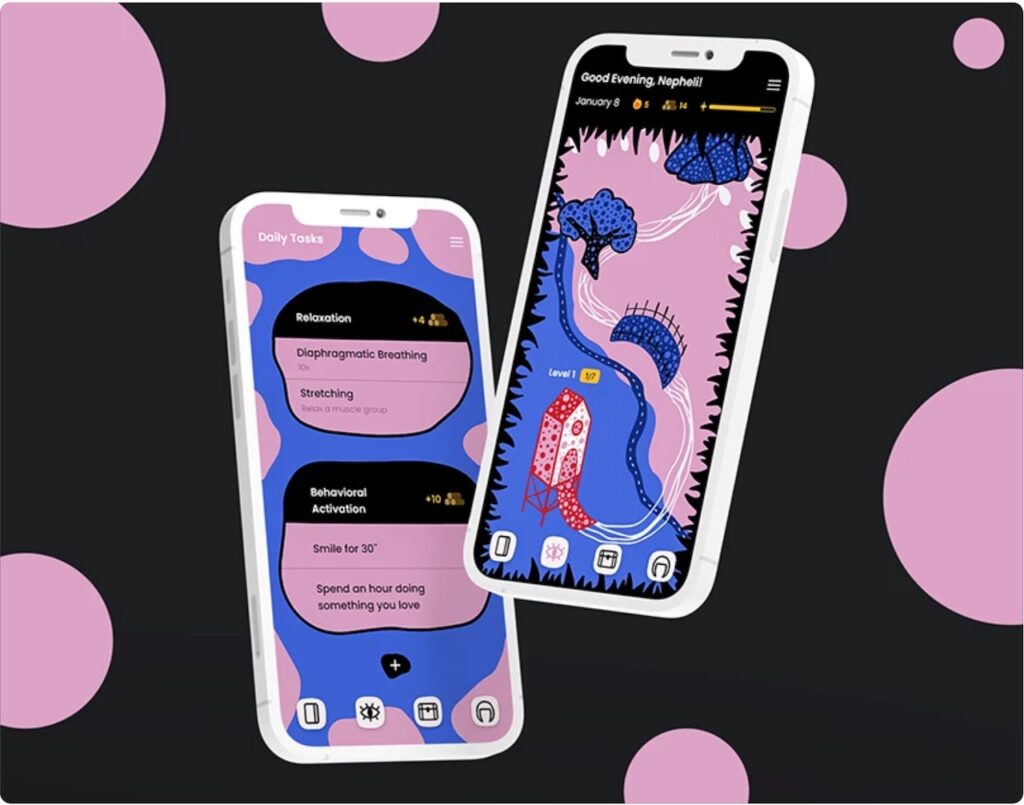
However, it’s important to remember that gamification should not be used as a substitute for meaningful work or good management. Games are meant to be fun, but work is also about making a meaningful contribution and feeling valued. Gamification should be used thoughtfully and ethically, in a way that respects employees’ autonomy and recognizes their contributions.
We’re in for some change
The future of work is not just a digital workspace or a virtual community. It’s a collaborative and inclusive space where people come together to create, connect and innovate. Work is not just about making a living, it’s about living a life that aligns with your values and passions. It’s a world where burnout is no longer a badge of honor, but a serious problem that we work to prevent.
We are witnessing a fundamental shift in the way we work and connect with each other. We should embrace the potential of gamification, digital communities, and collaborative workspaces to create a more stimulating, productive, and enjoyable work environment.
So, take a deep breath and dive in with confidence. Embrace the changes, adapt to the new environment, and strive to be a part of a work culture that prioritizes well-being, purpose, and growth. It’s time to create a world where work is not just a means to an end, but a journey of passion, creativity, and meaningful contributions.

